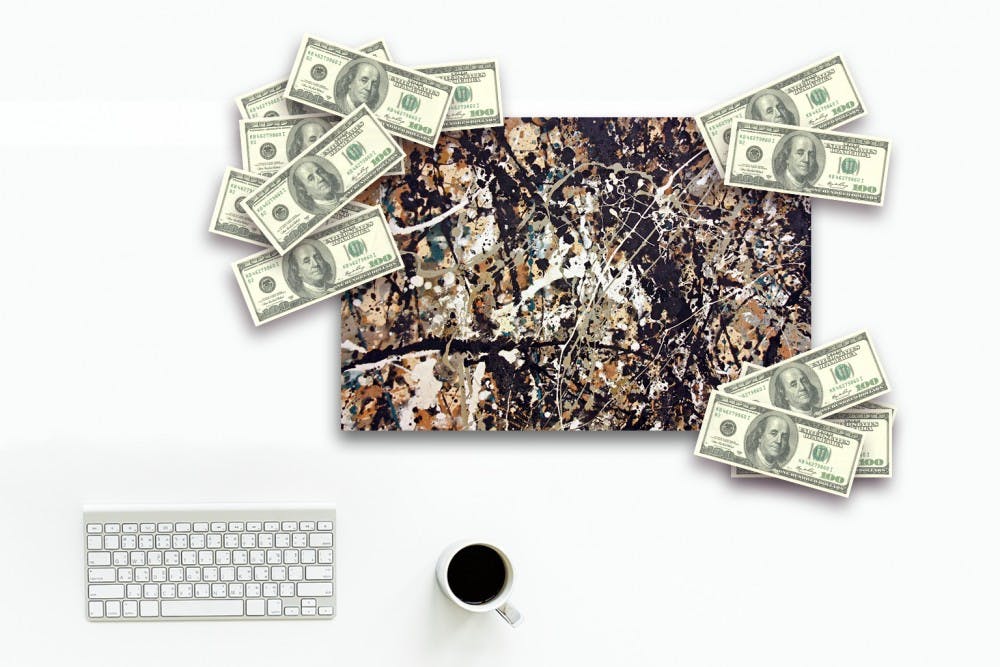Ah, yes, art—a seemingly useless artifact of the past that has no place in the modern age of technology. Especially here at Penn, the atmosphere of which is largely dominated by preprofessionalism, who even has the time of day to set down their—whatever tools professional people use—for a paintbrush?
It makes sense. Penn has this ridiculous obsession with doing whatever it takes to get a job. Obviously, this does not just pertain to Penn or even to students in general. But it would be wrong to say that this obsession hasn’t taken reign over nearly every aspect of collegiate life, particularly at Penn.
So maybe that’s why art is such a shadowed field at Penn. It’s why articles detailing Fine Arts majors as if they were exotic and foreign exist.
But let’s change that. I’m not saying that everyone needs to start drawing or buy a pair of ballet shoes. I’m saying let’s take the time to read, to admire paintings, and to watch plays. The power of art is in its creativity and even simple exposure to it evokes the creative side of each person. It allows us to become more introspective and more aware of ourselves and our relation to the environment and the people around us. We learn more, we empathize more, we see the world from a completely different perspective. When this happens, we can grow as people and not just simply as functional roles in society.
On another note, though, at the rate technology is moving, automation is becoming ever more important and pervasive in society. A machine can clean the floor on its own. A computer can calculate numbers. Before long, it will be able to crunch data and make incisions better than any of us can. What a computer cannot do, however, is compose music. It can’t paint a painting. The one thing that distinguishes human from computer is our subjectivity—our feelings. That is the power of art: it captures our emotions in a way that explains who we are and what we feel beyond our linguistic capacities.

